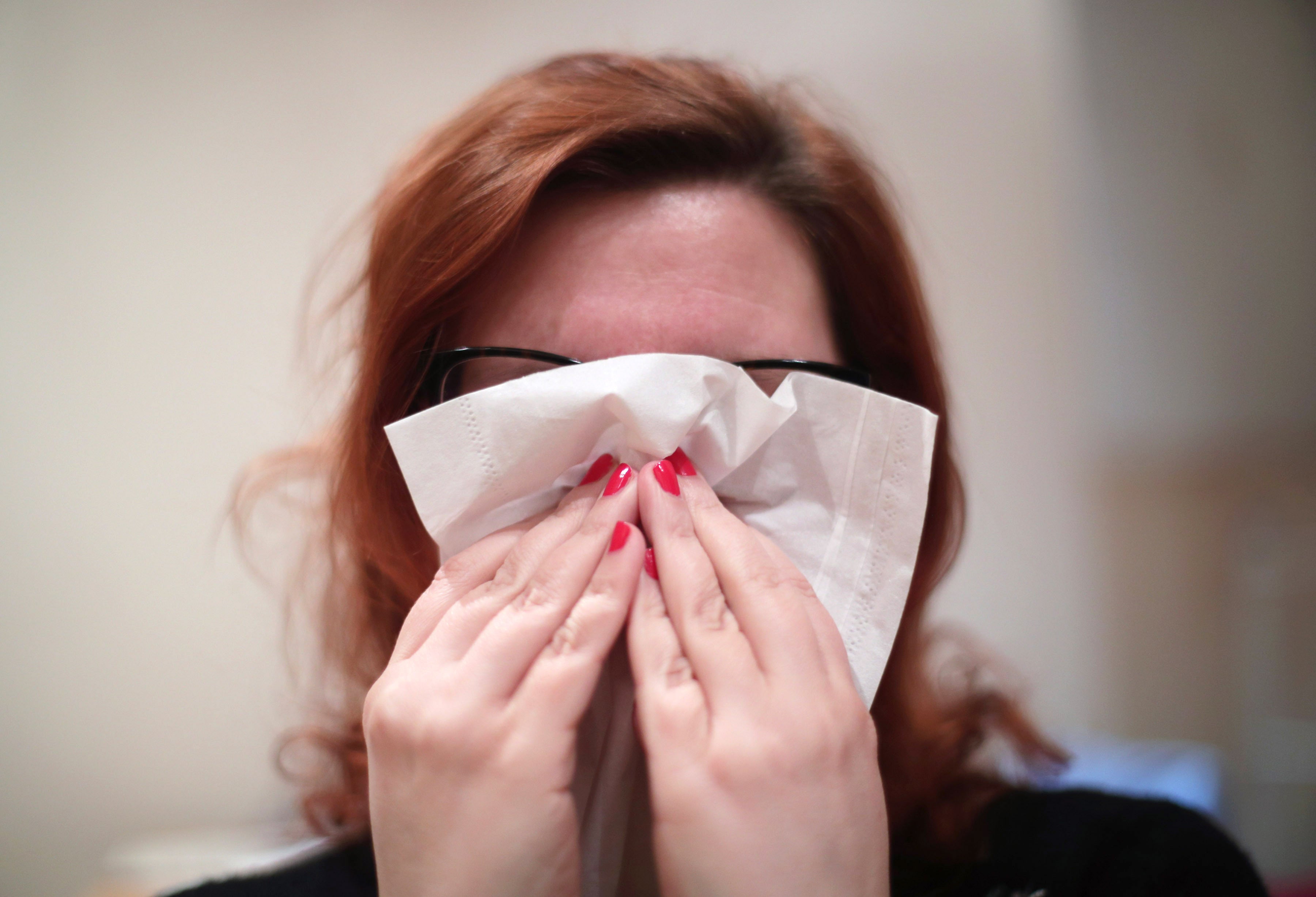Covid variants behind rise in infections across the UK
The number of people in hospital in England who have tested positive for Covid-19 stood at 11,878 on July 7, up 33% week on week.

Your support helps us to tell the story
From reproductive rights to climate change to Big Tech, The Independent is on the ground when the story is developing. Whether it's investigating the financials of Elon Musk's pro-Trump PAC or producing our latest documentary, 'The A Word', which shines a light on the American women fighting for reproductive rights, we know how important it is to parse out the facts from the messaging.
At such a critical moment in US history, we need reporters on the ground. Your donation allows us to keep sending journalists to speak to both sides of the story.
The Independent is trusted by Americans across the entire political spectrum. And unlike many other quality news outlets, we choose not to lock Americans out of our reporting and analysis with paywalls. We believe quality journalism should be available to everyone, paid for by those who can afford it.
Your support makes all the difference.Covid-19 infections continue to rise across the UK, driven by the Omicron BA.4 and BA.5 subvariants of the virus.
New figures from the Office for National Statistics (ONS) show that 2.7 million people in private households are estimated to have had Covid-19 last week, up 18% from 2.3 million the previous week.
This is the highest estimate since late April, but is still below the record high of 4.9 million, which was reached at the end of March during the wave of infections caused by the BA.2 variant.
Covid is most prevalent in Scotland, where around one in 17 people have the virus, up from one in 18 the previous week.
This is the highest estimate for Scotland since early April.
However, infections in Scotland have been increasing at a slower rate compared with other UK nations, the ONS said.
In England, 2.2 million people were likely to have had the virus last week, the equivalent of around one in 25, up from one in 30.
Wales has also seen infections jump – to one in 20 people, up from one in 30.
In Northern Ireland, infections have increased to one in 19, up from one in 25.
Paul Hunter, professor in medicine at the University of East Anglia (UEA) and an expert in infectious diseases, told the PA news agency: “At present, I suspect we will see a peak of infections that is greater than previous waves probably before the end of this month.
“I am not sure how high the number of people in hospital because of Covid or deaths where Covid appears on the death certificate will go, but I think it likely – but not certain – that these will fall below what was seen after previous waves.”
Official data shows that the number of people in hospital in England who have tested positive for Covid-19 currently stands at 12,283, up 31% week on week.
Patient numbers are nearing the peak reached during the BA.2 wave of infections earlier this year, but are still well below levels seen in the first year of the pandemic.
Mark Woolhouse, professor of infectious disease epidemiology at the University of Edinburgh, said the UK was now in “a substantial wave of infection” which underlines that coronavirus “is not just a problem in winter”.
Vaccines are continuing to provide significant protection, but “not all elderly people have had their fourth or even their third dose, which increases the risk of severe illness, hospitalisation and death,” he added.
“There are hints that the current wave may be beginning to peak; the increase in cases appears to be slowing in the most affected regions, notably Scotland. Hopefully, next week’s data will confirm this trend.
“There is no reason to expect that waves of Covid-19 associated with new variants will stop any time soon, so we need to plan for a continued strain on the NHS.”
The percentage of people testing positive for coronavirus has continued to increase in all age groups and regions in England, the ONS said.
Prevalence of the virus in England is estimated to be highest among 25 to 34-year-olds and 50 to 69-year-olds, where 4.7% – one in 20 – were likely to have had the virus last week.
The next highest estimate was for people from school year 12 to age 24, at 4.6%.
Separate modelling by the ONS suggests that the daily number of new Covid-19 infections in the UK stood at nearly 400,000 by June 19.
At the peak of the BA.2 wave in March, an average of 655,600 people were estimated to be newly infected with the virus every day.